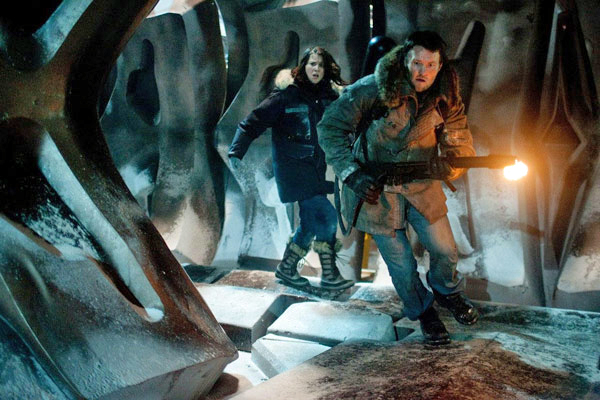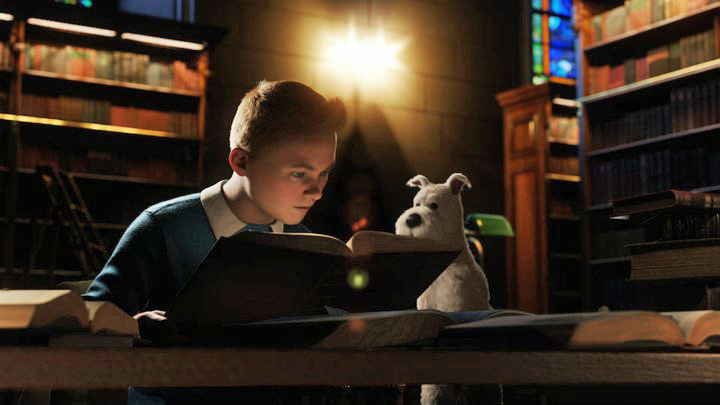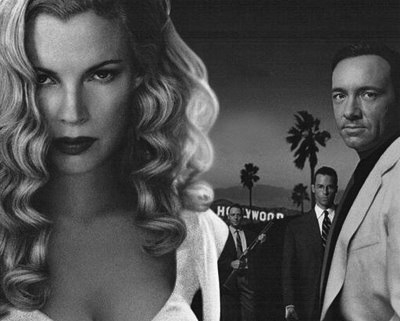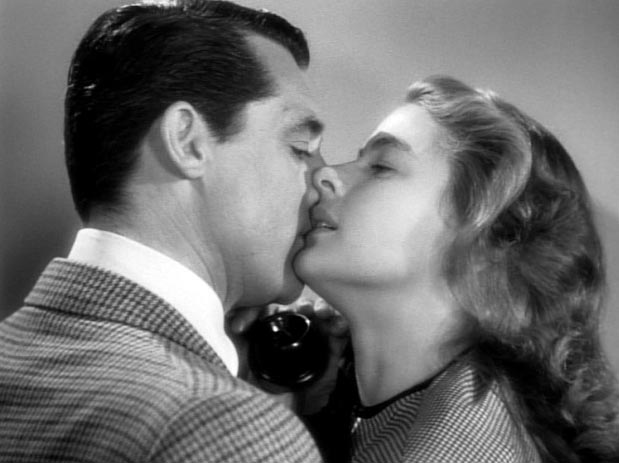Q. I’m a photographer, and have been wondering–who started the Orange and Blue Movement? All those movies where each scene has to have something blue and something orange in it? A good example would be “Trading Moms,” with Sissy Spacek. There are lots of others in the last two years. I think it began with night city scenes mimicking neon reflections on faces. The actor usually has an warm (orange) main light on his/her face from a 45 degree angle, and has a cold (blue) kicker light skimming the shadow side of his face. Warm colors appear to move forward and cold colors recede, so it adds depth to an object. Someone grabbed this theme of color and a movement began. (Jim Langley, Phoenix, Ariz.)
A. Frankly, Jim, I thought you might be hallucinating. But I referred your question to the great cinematographer Owen Roizman, a five-time Oscar nominee. He responds:
“I don’t think he is hallucinating. When we are shooting at night we have a tendency to look for reasonable sources of light to justify or enhance what we are shooting. When we are in areas that don’t have many sources, we tend to turn to ‘moonlight’ as one of them. Some people fantasize that moonlight is blue whereas others envision it as a cold white light. Neither is correct, but that is a long story. The ‘blue’ believers generally use the ‘moonlight’ as a backlight or edge light, otherwise known as a kicker. What sets off the blue very nicely is a warm tone, such as orange. Hence the orange and blue.
The other approach is that generally a warmer tone of front or side light is very pleasing at night, like fire or candlelight, or for that matter a dimmed lamplight. If everything is lit with just the warm tones it has a tendency to get ‘muddy’ looking but if some blue light is introduced somewhere, either in the shadows or backlight, etc., it gives the subject a much more pleasing quality.
I used the approach on Wyatt Earp on almost all of my night work and I was very pleased with it. I must have done something right becaused I received a nomination for it. I know you hated the picture but I didn’t write it so I’m off the hook.”
Q. I just watched “Under Siege” on videotape and noticed that the bad guys spend most of the movie building an overhead railway through the narrow, twisty corridors of the battleship so that they can steal the Missouri’s 15 ft long cruise missiles. Never mind the fact that if the Navy loaded the missiles deep in the ship, they must of had an easy way to get them down there. The real goof is that at the end of the movie, the missiles are actually found in canisters on the DECK OF THE SHIP! This has to be one of the stupidest plot devices I’ve ever seen. My question is, what’s the stupidest one you recall? (Mark Blanchard, Norwalk, Conn.)
A. Hmmm. How about the decision to end “Lambada” (1990), a movie about a Latin danze craze, with a climactic scene involving a trigonometry contest?
Q. You had a question in a recent Movie Answer Man about laserdiscs and HDTV. Do you think it’s a matter of time before videocassettes become obsolete? I have an extensive tape library, and my biggest worry has always been that a more compact format will eventually come along and make VHS tapes as obsolete as 8-track audio tapes. What’s your opinion? (Steve Bailey, Jacksonville Beach, FL.)
A. VHS tapes will eventually be phased out as too expensive to produce and too space-consuming. The electronics industry is moving toward a format based on a CD-sized videodisc. It is cheaper to manufacture a CD (or laser) disc than a tape, and the quality can be much higher. There is a format war underway at present, however, that will delay the launch of the small discs, and it may take years (and lower prices) to wean VHS users from their tape decks.











